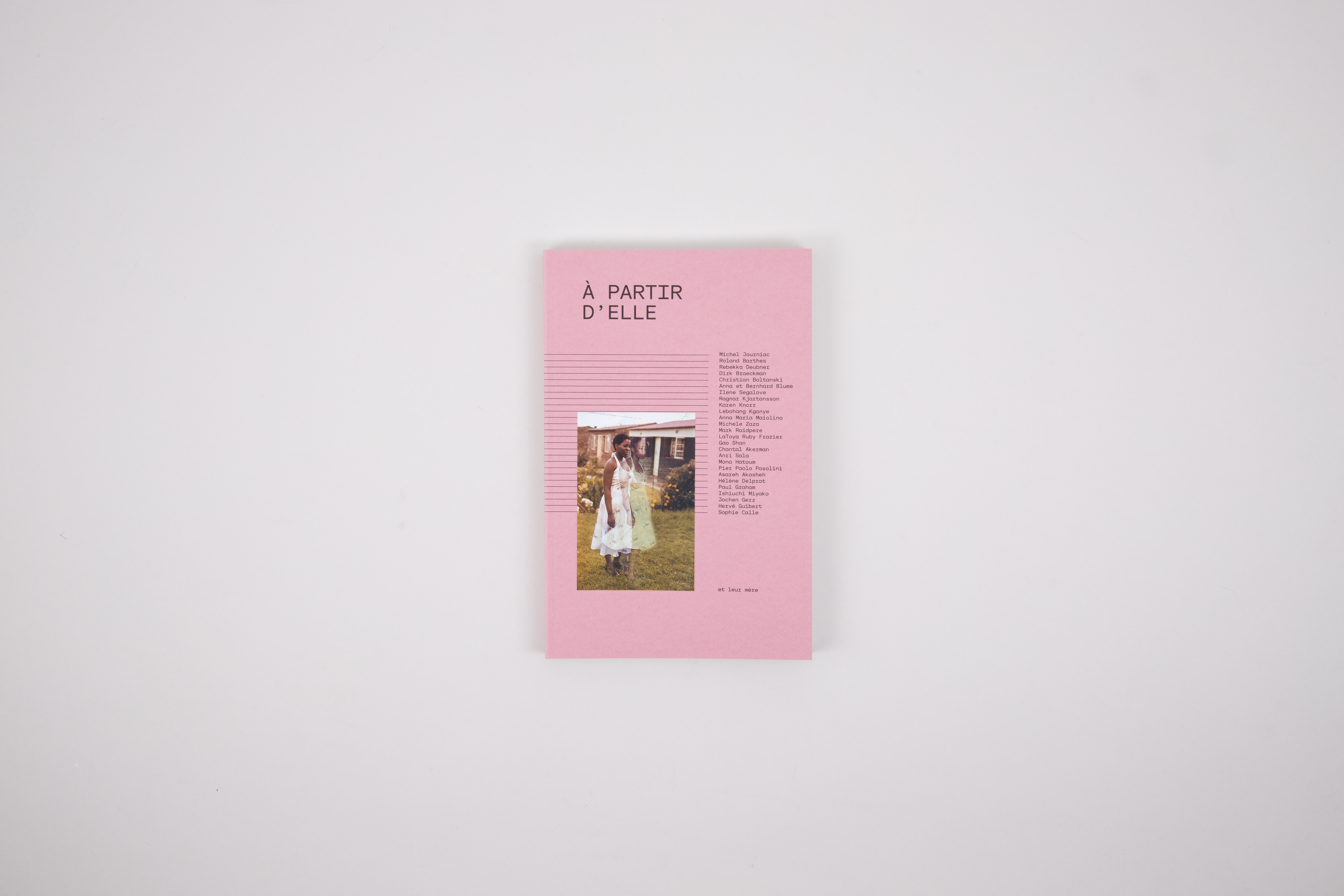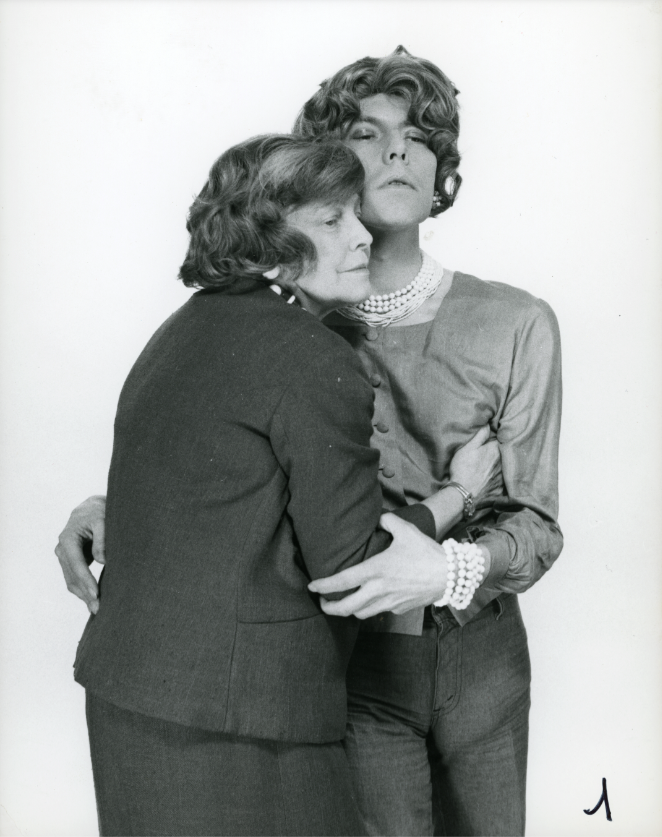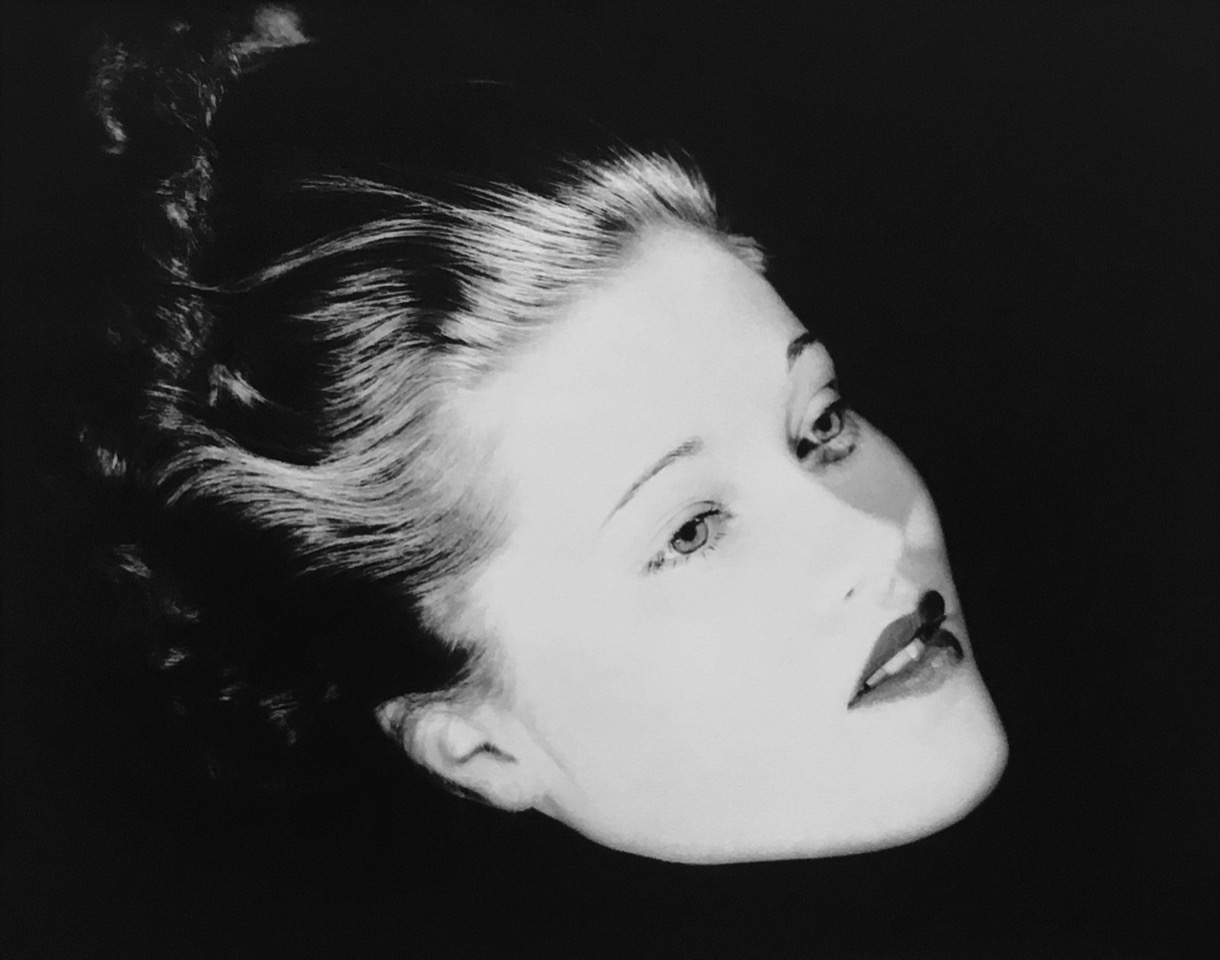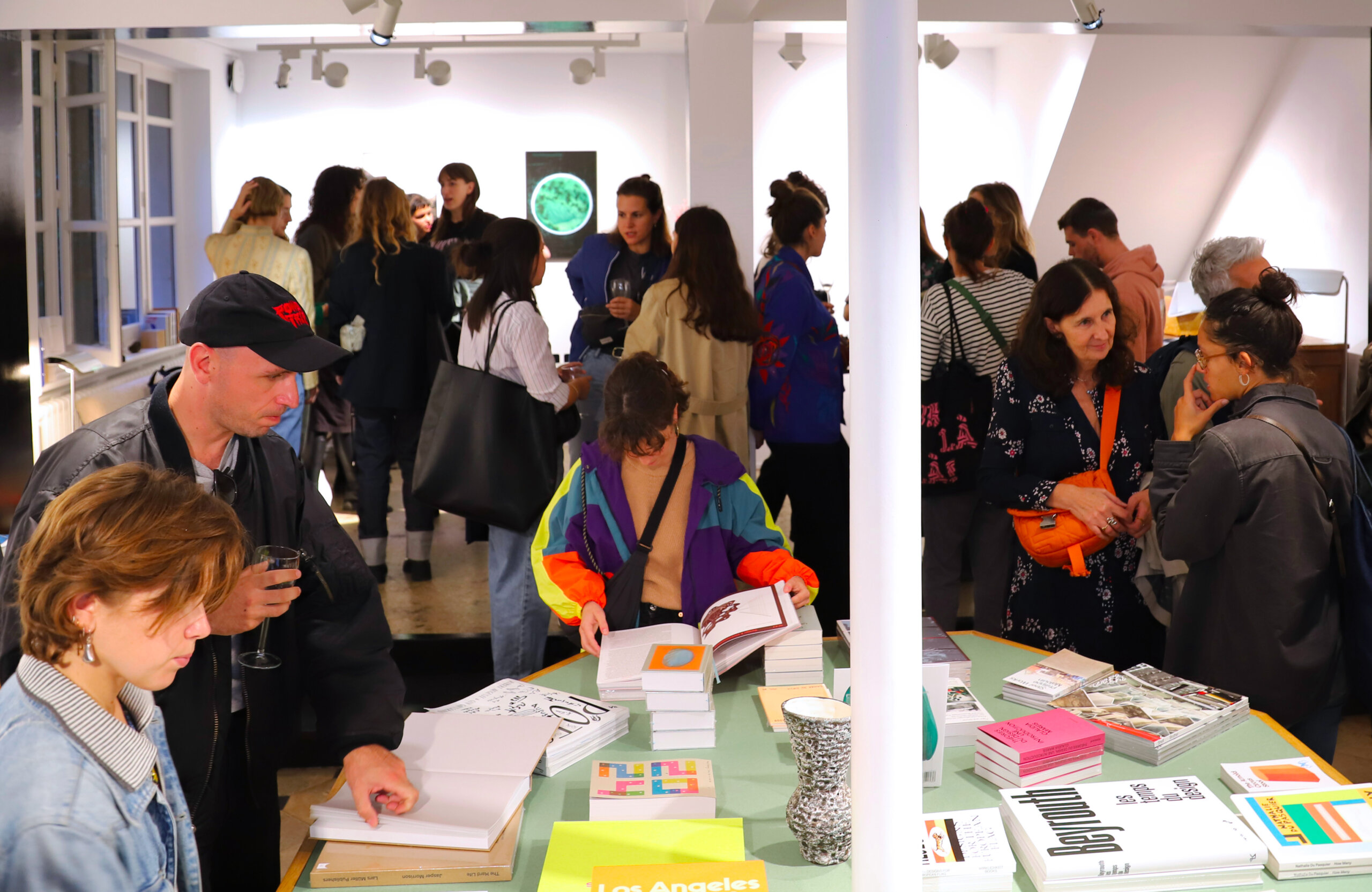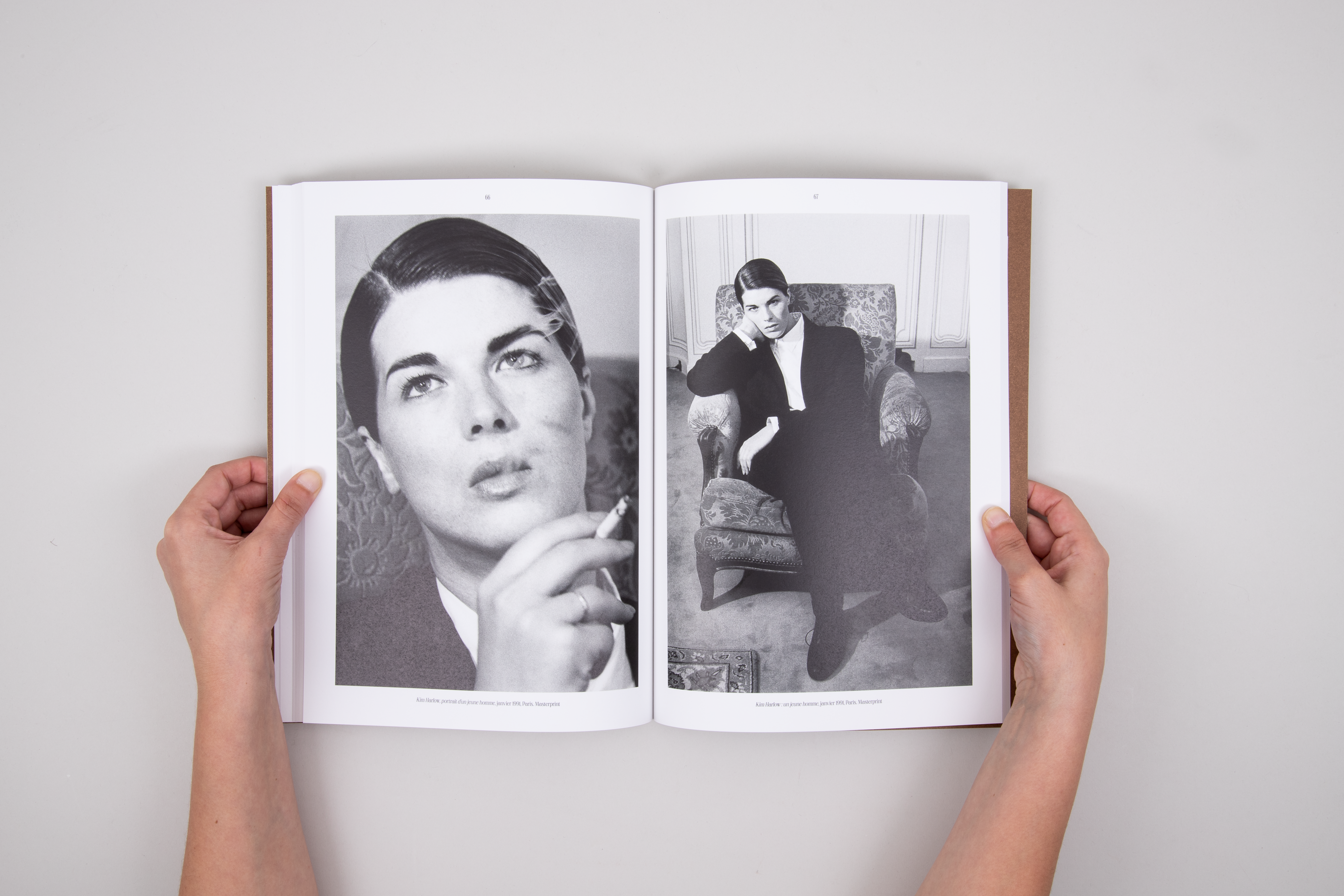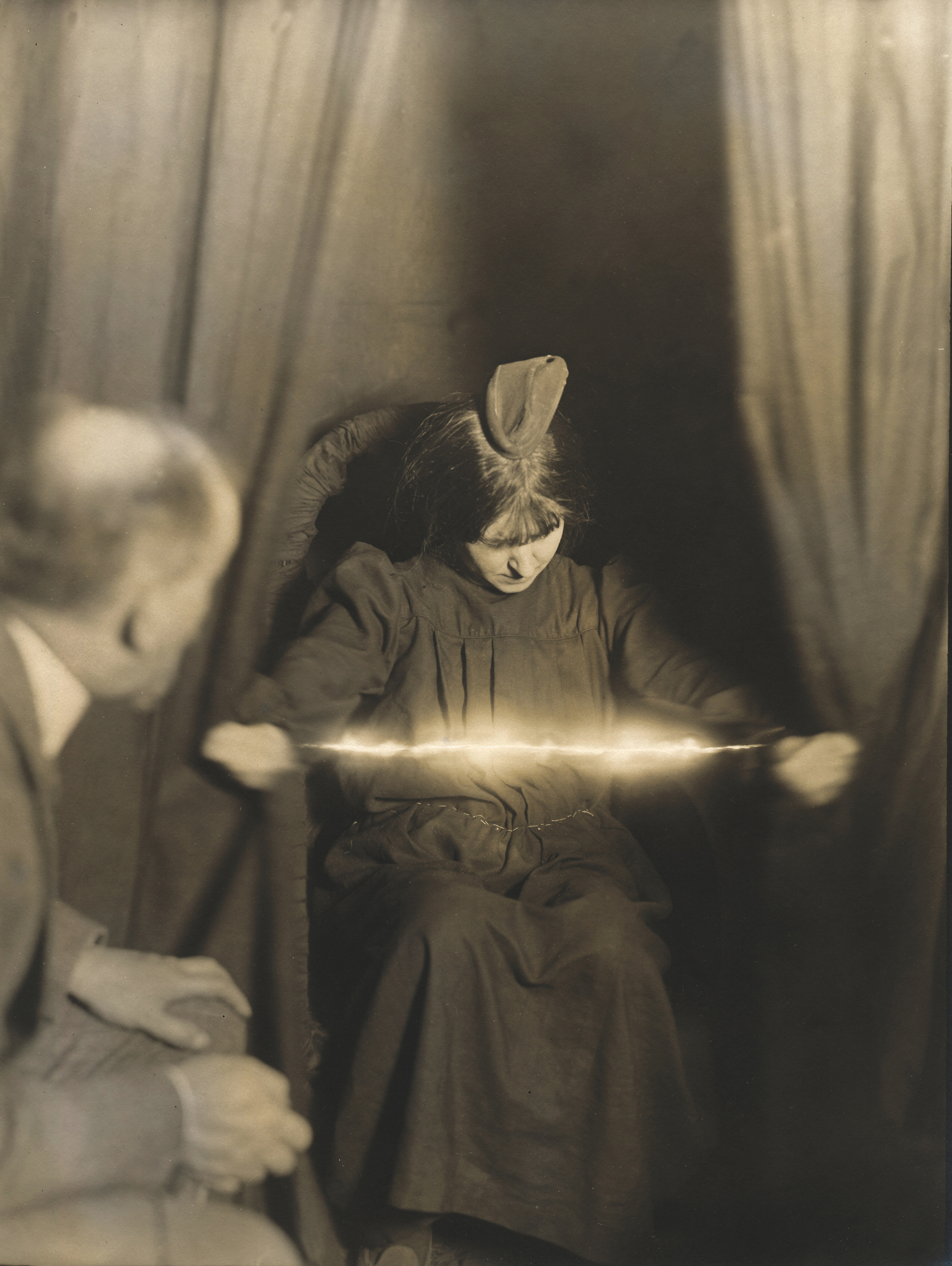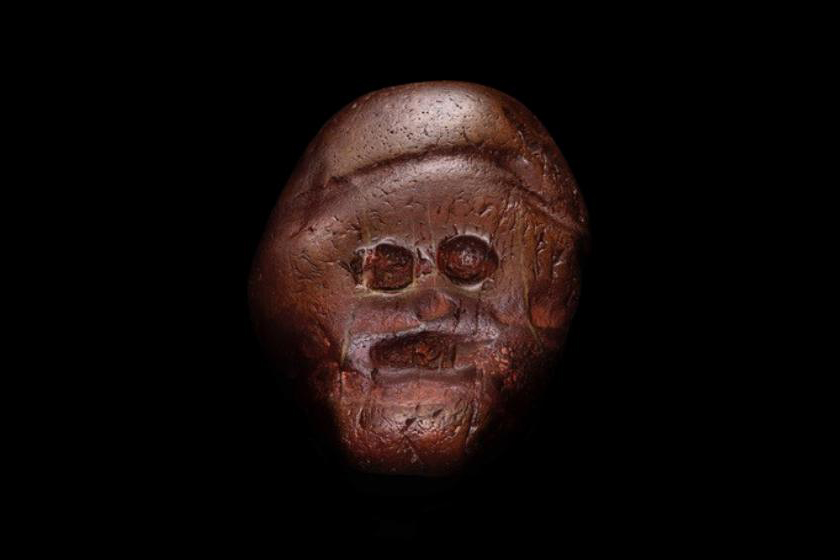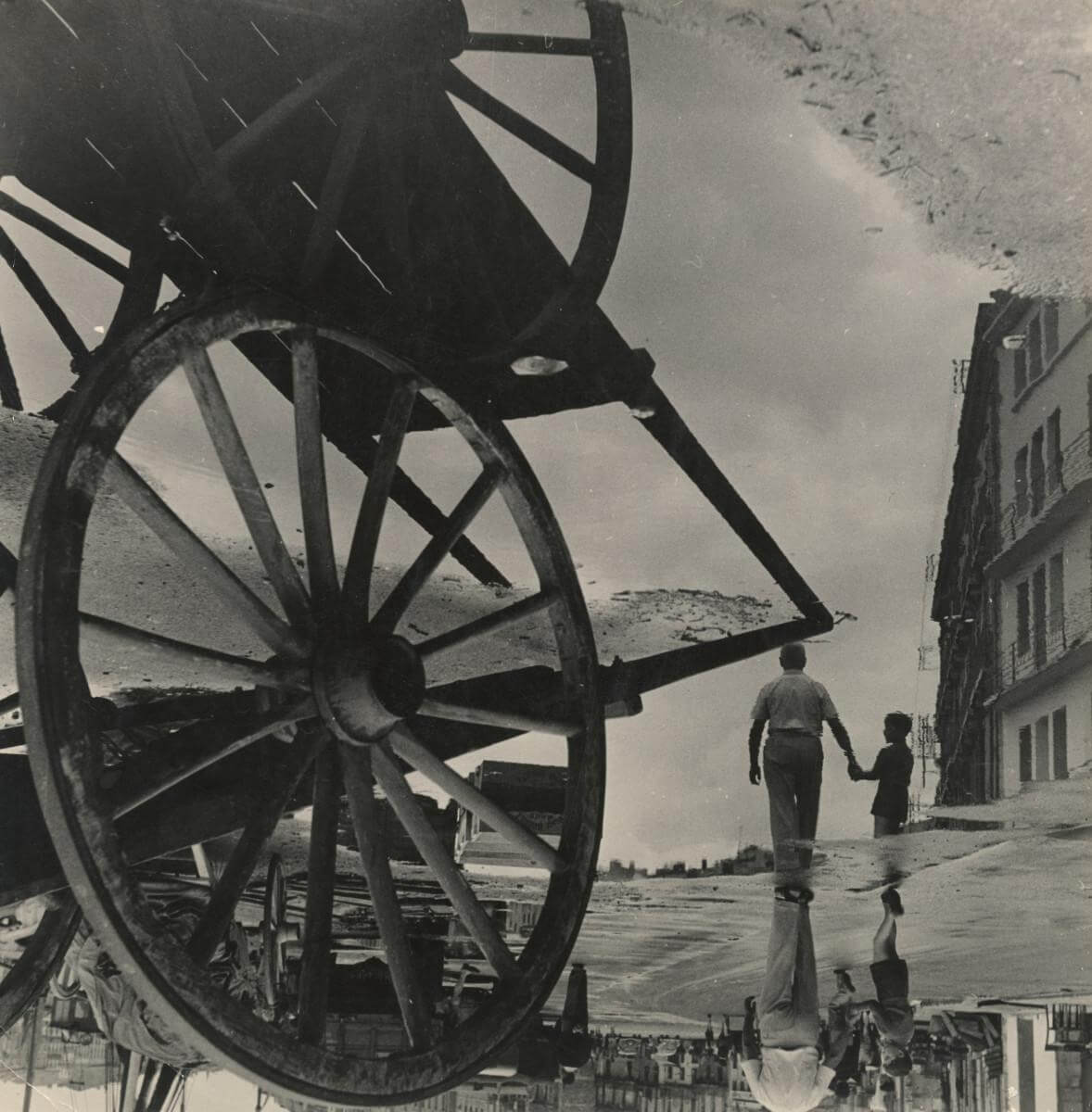“Without a doubt, I’ll be in a bad way until I’ve written something based on her”. This sentence by Roland Barthes in his Journal de deuil dated December 15, 1978, a little over a year after the death of his mother, heralds the writing of his famous work La Chambre claire in the spring of 1979. A theoretical essay on the nature of the photographic medium, the text revolves around a quest: to rediscover, in images, the truth of the beloved face of his dead mother.
The mother, whose gaze is surely the first mirror of both the self and the world around us, remains one of the fundamental motifs in the history of art. The works assembled here, eminently distinct both in terms of the contexts in which they were conceived and the formal and aesthetic approaches that guided their realization, all have in common that they go beyond mere intimate testimony.
Whether they embody the reality of presence or the effects of absence, they all involve the question of filiation and what remains of it.
Curated by Julie Héraut
